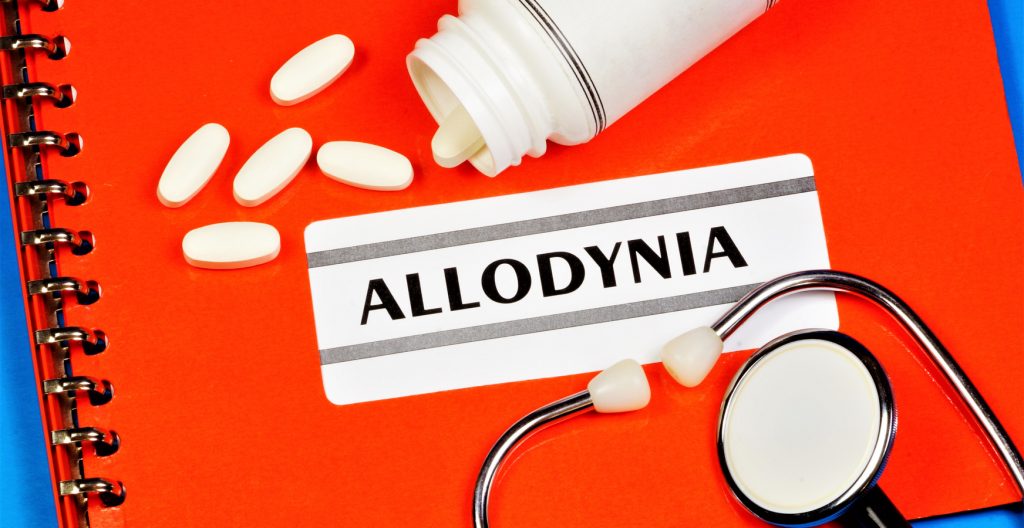Following an injury some people’s central nervous systems plastically change in an unhelpful way. As their tissues heal and recover, instead of returning to normal sensitivity, their nervous systems do the opposite. They can become sensitised and the person’s pain threshold decreases. Some people call this central sensitisation. It is as though someone has turned up the pain volume dial, so that everything hurts that bit more! (The good news is this process can be reversed.)
Sometimes a person may feel pain from small things that would not normally hurt. For example a light touch can be amplified out of all proportion and cause pain. This is called allodynia.
Sometimes if the person receives repeated stimulation, for example they are repeatedly touched, then their pain may start increasing in intensity. This is called ‘wind-up’.
Sometimes there is a much bigger pain response to something that might normally cause pain. This means that if something normally hurts a bit then now it might hurt a great deal. There can also be a spread of pain and a spread of sensitivity/tenderness. This is called hyperalgesia.
Both allodynia and hyperalgesia can be prominent symptoms in people with neuropathic pain.
Allodynia

The term allodynia is used to describe the experience of pain from stimuli that aren’t normally painful. For example, lightly touching your skin or brushing your hair shouldn’t hurt, but now might feel painful. Sometimes you might find hot or cold temperatures painful.
It is an unusual symptom that can result from a range of conditions. The problem is not psychological and arises from physical changes within the body. It can be treated, and it can resolve.
As a person living with pain I have found it difficult to work out whether some of my symptoms have been caused by allodynia, or something else, and I suspect that will be true for many of us. For example, following my back surgery, for a number of years, I found it painful if people touched parts of my back. I found the backs of chairs touching parts of my back painful, and tight clothing around the area painful also. That experience has largely gone now, but it took a long time. I personally don’t understand the science of my body well enough to be able to say for certain that this experience was caused by allodynia or not, but I suspect at least a part of it was.
Allodynia isn’t something that develops on its own. It is always associated with another injury or illness.
Hyperalgesia

Hyperalgesia is an increased response to something that is normally noxious. This means that if something normally hurts then now it hurts even more. As well as hyperalgesia effectively turning up the volume of pain, it can also affect where you feel the pain. It can be as though the pain has spread. Pain that you feel away from the actual site of injury is known as ‘referred’ pain. Interestingly there is often also a spread of sensitivity/tenderness too.
All this is very hard to get your head round when it is happening to you, but it is all related to changes that have occurred in your central nervous system. These changes can be slowly reversed.






